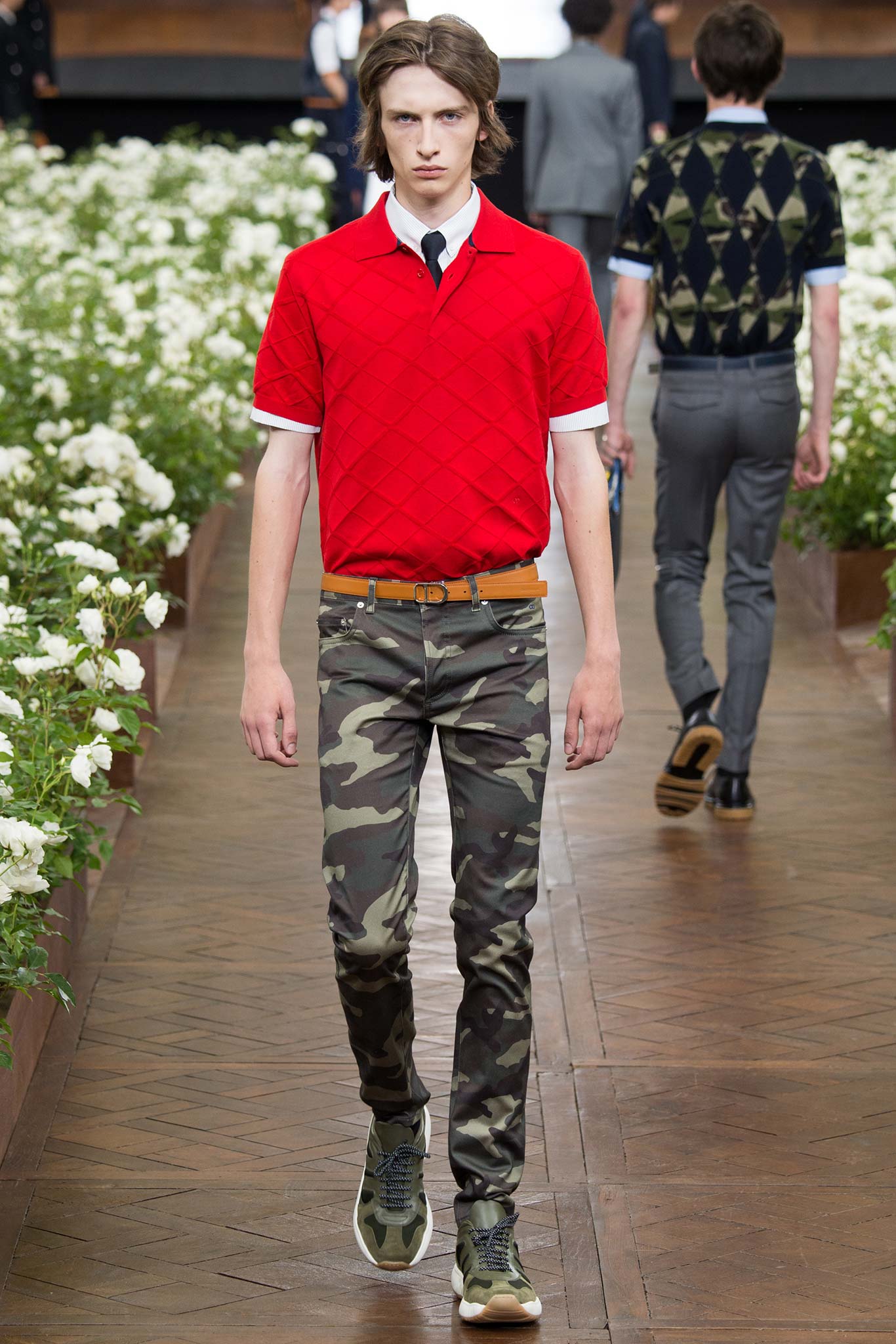DIOR MEN SPRING 2021
/The electric acclaim Kim Jones has brought to Dior Men since he took the reins in 2018 has centered on the buzzy atmosphere of large-scale runway shows—six of them, already, in two years. Needless to say, with runway congregations ruled out, everything’s very different in the summer of 2020, but that didn’t prevent today’s collaboration between Jones and the 36-year-old Ghanaian artist Amoako Boafo, whose stunning huge-scale portraits of Black subjects—partly richly finger-painted—have a skyrocketing reputation in the contemporary art world. “It’s a portrait of an artist who I greatly admire,” Jones said. “[The gallerist] Mera Rubell introduced me to Amoako last year in Miami. I really loved his work and wanted to work with him because of my own links to Africa. He lives between Vienna, where he studied, Ghana, and Chicago. So we sat down and discussed.”
The first results—a collection fusing Boafo’s art with Dior artisanship, a look book, and a documentary film shot at the artist’s studio in Accra and at Jones’ home in London—are launched in a more intimate, in-depth, and, dare we say, intelligent way than could possibly have come across in front of the usual roar of the crowd and show hustle of the Paris collections. One of the unexpected upsides of the enforced break from fashion-as-usual is watching how communication is suddenly transitioning from image to information—from silent screen to talkies. That’s a breakthrough.
So, here we were at 2:30 p.m. for the worldwide laptop Dior Men premiere, watching and hearing Boafo in his studio in Ghana as he paints and describes how he captures friends and family, “and people who create spaces for others to exist.” He speaks about the flat colors he uses to silhouette his figures, and, he explains, “how fashion inspires my work. I tend to look at characters who have that sense of style.” Friends hanging at Boafo’s place are wearing pieces from the collection, and the artist is working in a faded-wallpaper print Dior Men shirt, whose pattern has bounced back in a creative arc from portrait to garment.
The collection is smaller and more edited than it would have been. Jones was working out of his Notting Hill house with a small team and long distance with Dior ateliers in France to get it done over the past months. The result: clothes saturated with uplifting color and print, which pinpoint Boafo’s signatures within the language the designer has established for Dior Men. Later in the video Jones is interviewed on camera in his home studio, speaking about how a visual connection gelled when he saw Boafo’s portrait of a boy in a green beret and a ivy-print shirt: “Ivy was one of Monsieur Dior’s symbols.”
Celebrating and platforming Boafo’s work for a luxury fashion market meant, among other things, transferring the tactile energy of his finger-painted heads into two intensely embroidered sweaters. The pattern from a semi-sheer fil coupé jacquard shirt sprang from a close-up Jones had taken of Boafo’s brush work. He also lifted subtle inspiration from haute couture—the gray taffeta blouson being a renewed, more youthful and summery iteration of the opera coat which opened his last show.
Still, even without the Black Lives Matter uprising which is fundamentally changing the way all institutions are being interrogated now, a collaboration like this was always going to demand detailed explanation. This one is tooled differently from the usual artist-brand collab. Behind it is an exchange with Dior which was stipulated by Boafo. “He said he didn’t want a royalty [for himself], but help to build a foundation for young artists in Accra,” Jones said. A donation made by Christian Dior (the sum was not specified) backs up Boafo’s activism. In using the leverage of his market power to lift up African art and artists, he is one of the new generation of Black artists (Virgil Abloh and Stormzy being two others) who believe in the transformative empowerment of cultural education. In May, Boafo raised $190,000 (three times the estimate) with an online auction of his painting, Aurore Iradukunda, to benefit the Museum of the African Diaspora in San Francisco.
The initiative will consist of a building that will host Boafo’s studio, a residence, and an artist-run gallery, supporting young artists in Ghana and their studio practice. “The change needed right now is to support young people through college and training to give everyone equal opportunities,” Jones said. The focus of this project is close to his heart, and, he says, to part of his own upbringing as the son of a hydrogeologist who worked throughout the continent. “We moved to Ethiopia when I was around three years old, spent time living there, and then moved around east Africa and then Botswana. I’ve kept going back for the rest of my life.”
Underlying his motivation—using Dior’s fashion broadcasting capabilities to enlighten a broad audience about the vitality of contemporary African art, as well as facilitating a project with cash—is a quieter salute to Jones’s father, who recently passed away. “The fact that we are working with Amoako Boafo, from Ghana, which was one of my father’s favorite African countries is,” he said, “a fitting tribute to the man who introduced me to Africa and the world.”
Source: VogueRunway
FASHIONADO











































































The purpose of the Asia Fashion Collection (AFC) is to discover and nurture young designers who are from Asia.